Ceres’ Surface Features Are Pretty Similar To Some On Earth
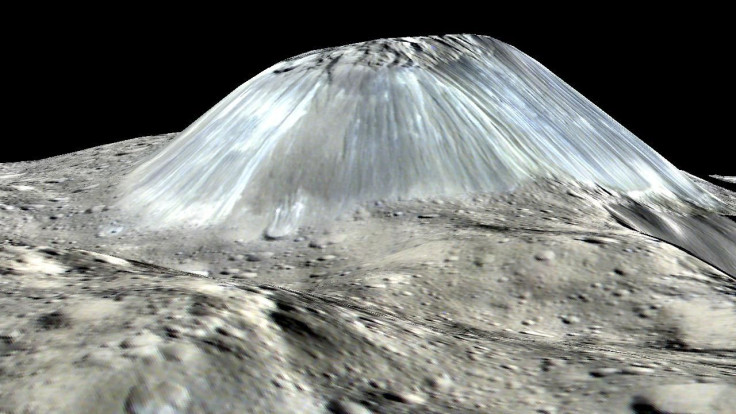
Ceres, the tiny dwarf planet sitting in the Asteroid belt between Mars and Jupiter, is much colder and smaller than the world we live in. It was formed from the same materials that crafted Earth, but appears a lot different from our planet, thanks to a dark heavily cratered surface and no sign of life.
However, if we take a close look at the surface features of both worlds, there is a lot more similarity than one could imagine. Ceres and Earth both host some craters, domes, and mountains that look identical, at least in terms of appearance.
NASA’s Dawn has been imaging Ceres and its surface since 2015, but just recently, officials at the agency handpicked some of its photographs to highlight the uncanny similarities.
Cerealia dome
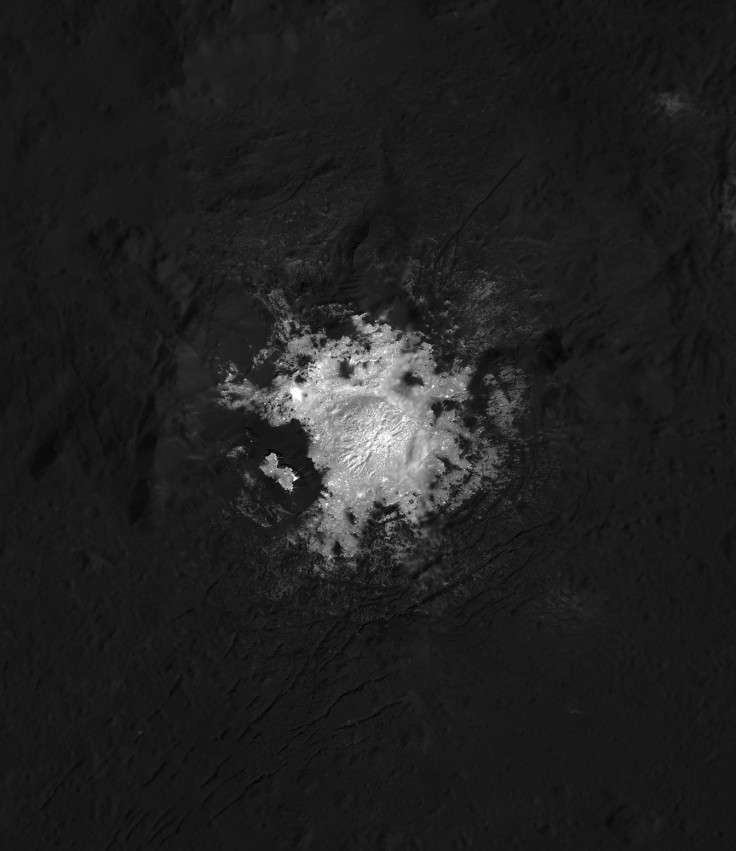
The center of Ceres’ massive Occator crater features a dome standing as much as 2,000-feet tall. The structure, named Cerealia, has drawn a lot of attention over the years, especially due to the bright layer of material covering it.
It is believed that the dome formed from hydrothermal activity beneath the surface following the impact that created the crater. On Earth, dome-like structures or “pingos” located in the Arctic regions and Panum dome sitting inside a crater in California make perfect analogs for this formation.
“The dimensions, shape and ‘fractured’ top of a pingo resemble the Cerealia Dome, which may have formed from alternating cycles of ice ‘punching’ up and effusing onto the surface of Ceres,” planetary scientist Lynnae Quick said in a NASA statement.
Ceres’ bright spots
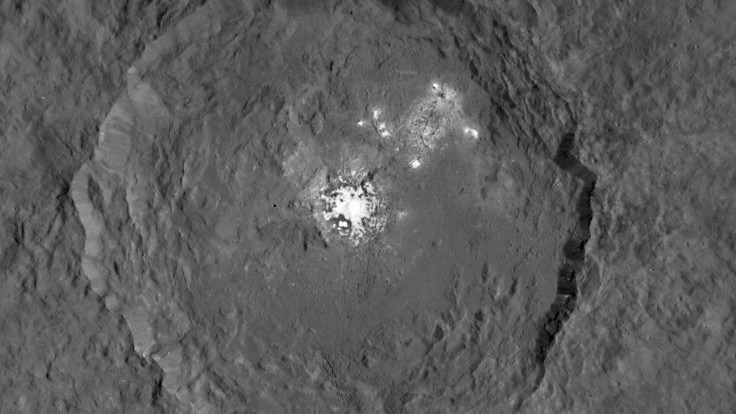
The bright spots seen on the Cerealia dome and in other parts of the Occator crater are one of a kind — made from a material consisting sodium carbonate and mineral salts. However, Earth also features something similar in the form of bright patches seen in California’s Searles dry lake. The saltwater that once fed this lake has evaporated, leaving bright evaporate minerals behind.
Ahuna Mons
The Ahuna Mons is a lone mountain that stands 4-feet above the surface of Ceres and carries the same bright material seen in other parts of the planet on its slopes. It is one of the most tantalizing features of the distant world, but as scientists think this is a cryovolcano — rare volcano that erupts volatiles such as salty water and mud instead of lava, it is difficult to find a structure with similar makeup on Earth.
However, going by visual traits, the Hlíðarfjall dome in Iceland appears pretty similar. It’s just as big as Ahuna Mons and also hosts loose, fine-grained material on its slopes.
Samhain Catenae Pit Chains
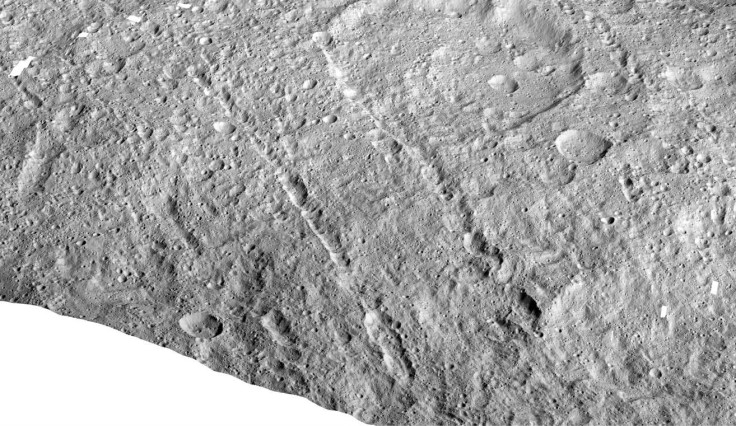
Several pit chains, small bowl-shaped chains of elliptical pits, have been observed on Ceres. These features — Samhain Catenae being the most famous — occur due to faults or fractures under the surface and are pretty similar to those seen in Northern Iceland, near the Krafla volcano. The region has a system of pit chains, which scientists believe formed due to seismic activity nearly half a century ago.
Landslides on Ceres
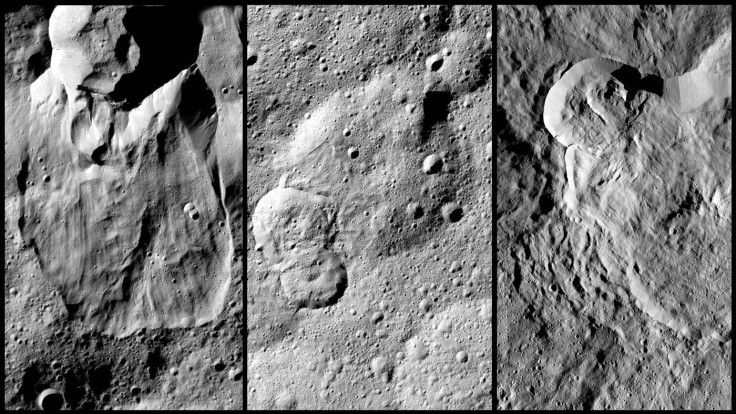
Several images taken by Dawn has revealed signs of landslides or material running down surface due to the presence of water ice or ice-rich material ejecting from the surface following an impact. The phenomenon, as one could guess, is extremely common on Earth and has widely observed in hilly regions where the ground along the slopes becomes unstable and collapses.
All these similarities are pretty appealing, but as Dawn spacecraft continues its mission on the dwarf planet, we could see more shots revealing surface features similar to those observed on Earth.
© Copyright IBTimes 2024. All rights reserved.





















